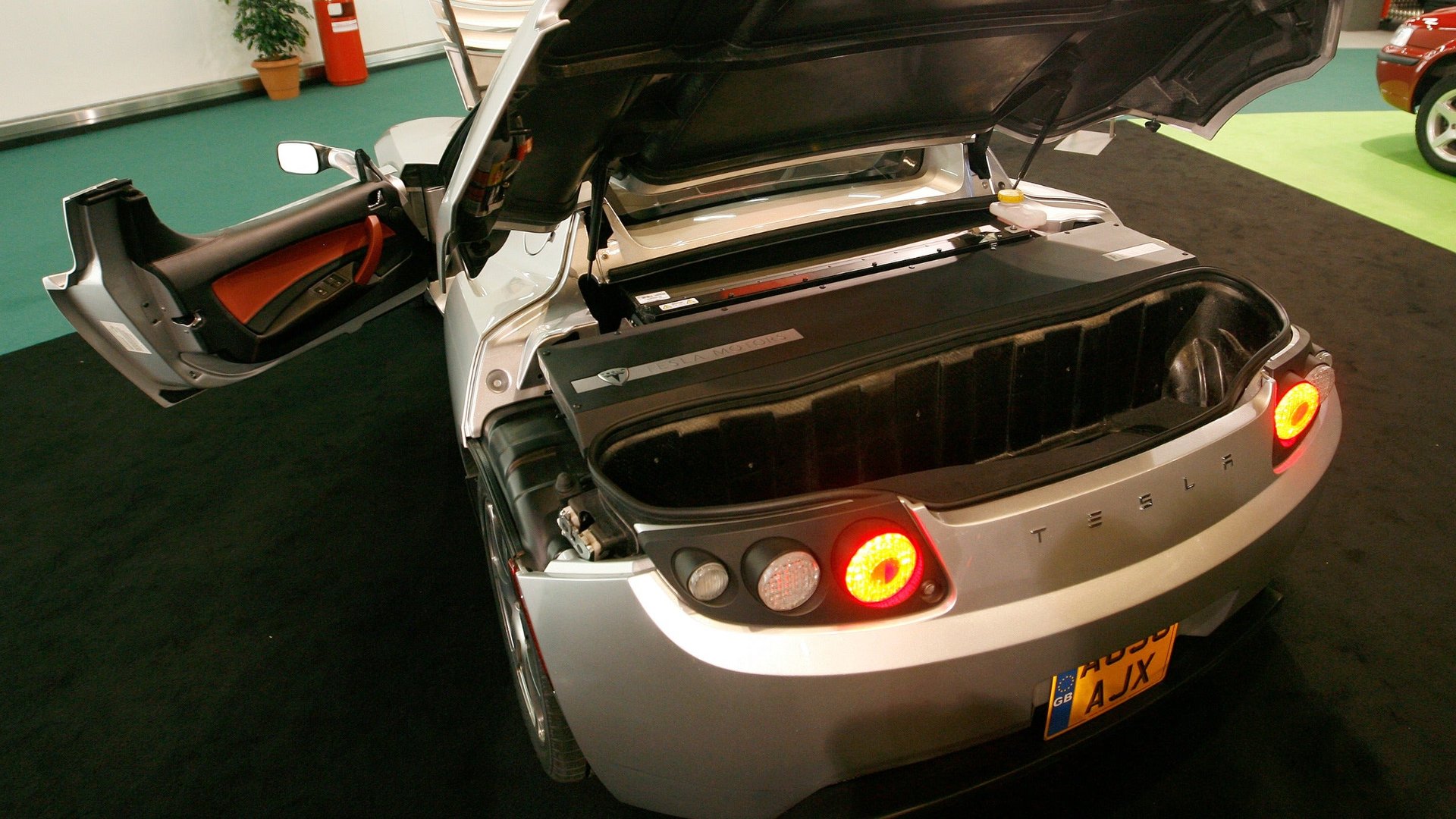How Tesla batteries are powering an energy revolution
Those Tesla Motors lithium-ion battery packs aren’t just powering electric luxury sports sedans for the 1% any more.


Those Tesla Motors lithium-ion battery packs aren’t just powering electric luxury sports sedans for the 1% any more.
They’ve started appearing in a small number of California homes to store electricity generated by rooftop solar panels, and beginning today SolarCity, the Silicon Valley solar installer, will start providing Tesla batteries for businesses that want to cut their utility bills. A big box retailer like Walmart could charge up a Tesla battery pack with cheap energy produced by its SolarCity rooftop photovoltaic array and then tap that power when demand—and electricity rates—spike.
That would let them minimize paying their local utility high “demand charges” for electricity when they need it most. And the cost of the SolarCity’s system, called DemandLogic? Effectively zero, according to SolarCity, since the monthly payments for energy storage would be less than the money saved by not forking over cash to the utility.
And if that sounds like a threat to century-old monopoly utilities, it is. “Our business model is to become the energy company of the 21st century,” SolarCity chief executive Lyndon Rive told The Atlantic. “You’re still connected to the grid but the grid would be your secondary provider and the primarily provider would be your solar system and your storage device.”
For now, though, it’s only a minor threat to utilities that levy high demand charges, such as those in California and parts of Massachusetts and Connecticut where SolarCity is offering DemandLogic. And to get the Tesla battery pack you have to sign up for a solar array, which means only businesses with low-rise buildings and flat roof—retailers, corporate campuses—can take advantage of going solar.
But the trend is clear. Another Silicon Valley company, Stem, has begun installing 54-kilowatt-hour lithium-ion battery packs for corporate customers, allowing them to store electricity from the grid when rates are low and use that power when demand charges spike.
While Stem is a startup the utilities should be particularly wary of SolarCity and its partnership with Tesla Motors. (Tesla chief executive Elon Musk serves as SolarCity’s chairman and is Rive’s cousin.) Tesla and SolarCity’s combined market cap—$21.3 billion—exceeds that of the parent companies of Pacific Gas & Electric and Southern California Edison, the two big California utilities whose customers Rive covets.
And SolarCity is pioneering the securitization of solar—giving it the ability to dip into a potentially vast pool of capital by packaging leases for photovoltaic systems into asset-backed notes that are sold to pension funds, hedge funds and other deep-pocketed investors.
Rive says DemandLogic should save commercial customers 20% in demand charges. The system’s algorithms constantly monitor electricity supply and demand, charging and discharging the battery to minimize drawing expensive electricity from the power grid. The size of the battery pack will be customized for each business but would be able to store roughly 30% of the electricity generated by the solar array. And the Tesla batteries provide backup power if the grid goes down in an earthquake or storm—a key selling point as climate change spawns increasingly powerful hurricanes and tornadoes.
While energy storage systems would cut utilities’ revenues they would also help them balance supply and demand on the grid as increasing amounts of renewable but intermittent electricity are generated by wind and solar farms.
Lithium-ion batteries remain expensive and Rive and SolarCity spokesman Jonathan Bass was sketchy on the details on how the economics pencil out when providing energy storage to customers for no money down.
But growing economies of scale are in SolarCity and Tesla’s favor. “In places with high costs of electricity, I think you’ll see up to 50% of solar systems will have energy storage,” says Rive.
“The economics and scale that Tesla has achieved in the automotive market now make stationary energy storage more cost effective and reliable than it has ever been in the past,” JB Straubel, Tesla’s chief technical officer and co-founder, said in a statement ”We expect this market to grow very rapidly now that we have crossed this economic threshold.”